Discover stunning Purple Blooming Trees. Learn about different varieties, their care requirements and how to incorporate these eye-catching trees into your landscape design.
Purple Blooming Trees can add a striking and unique element to any landscape. These vibrant flowering trees not only provide beautiful color but also create focal points in gardens and yards. This article will explore various trees known for their purple flowers, their care requirements, and how to use them effectively in landscaping.
Popular Trees with Purple Blooms
1. Jacaranda (Jacaranda mimosifolia)
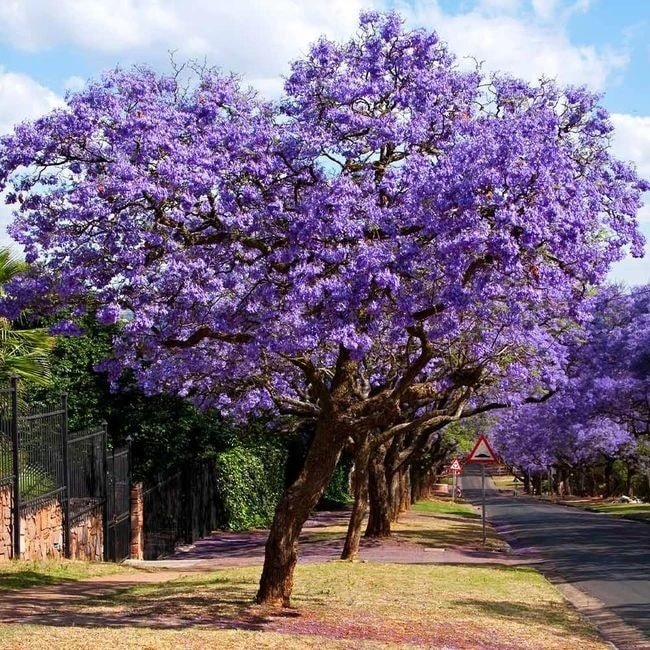
- Bloom time: Late spring to early summer
- Height: 25-50 feet
- USDA Hardiness Zones: 9-11
- Care: Full sun, well-drained soil, moderate water
Jacaranda trees are famous for their lavender-blue trumpet-shaped flowers that create a stunning canopy.
Learn more about Jacaranda trees
2. Purple Leaf Plum (Prunus cerasifera)
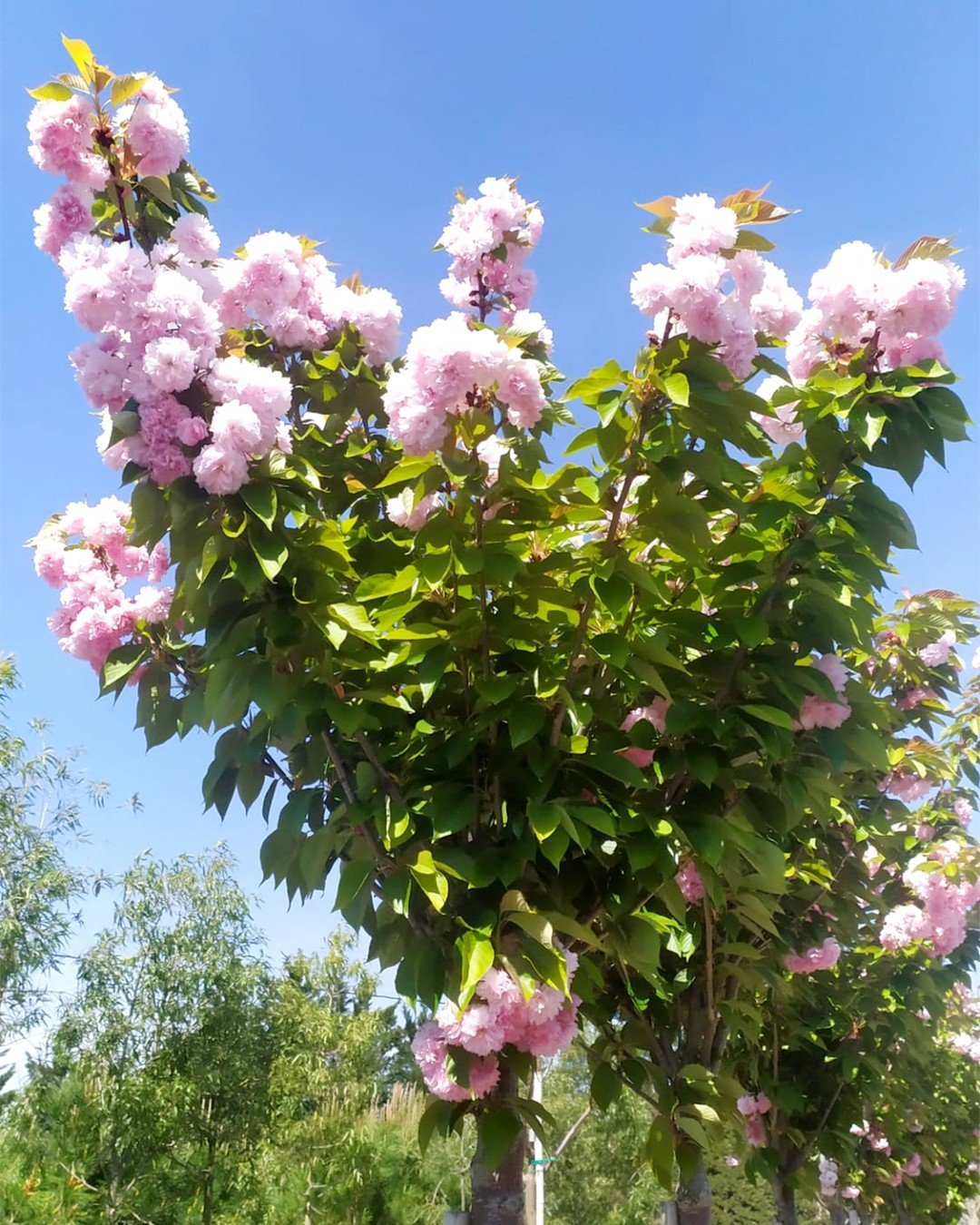
- Bloom time: Early spring
- Height: 15-25 feet
- USDA Hardiness Zones: 5-8
- Care: Full sun to partial shade, well-drained soil, regular watering
This tree features light pink to white flowers against dark purple foliage, creating a beautiful contrast.
3. Crape Myrtle (Lagerstroemia indica)
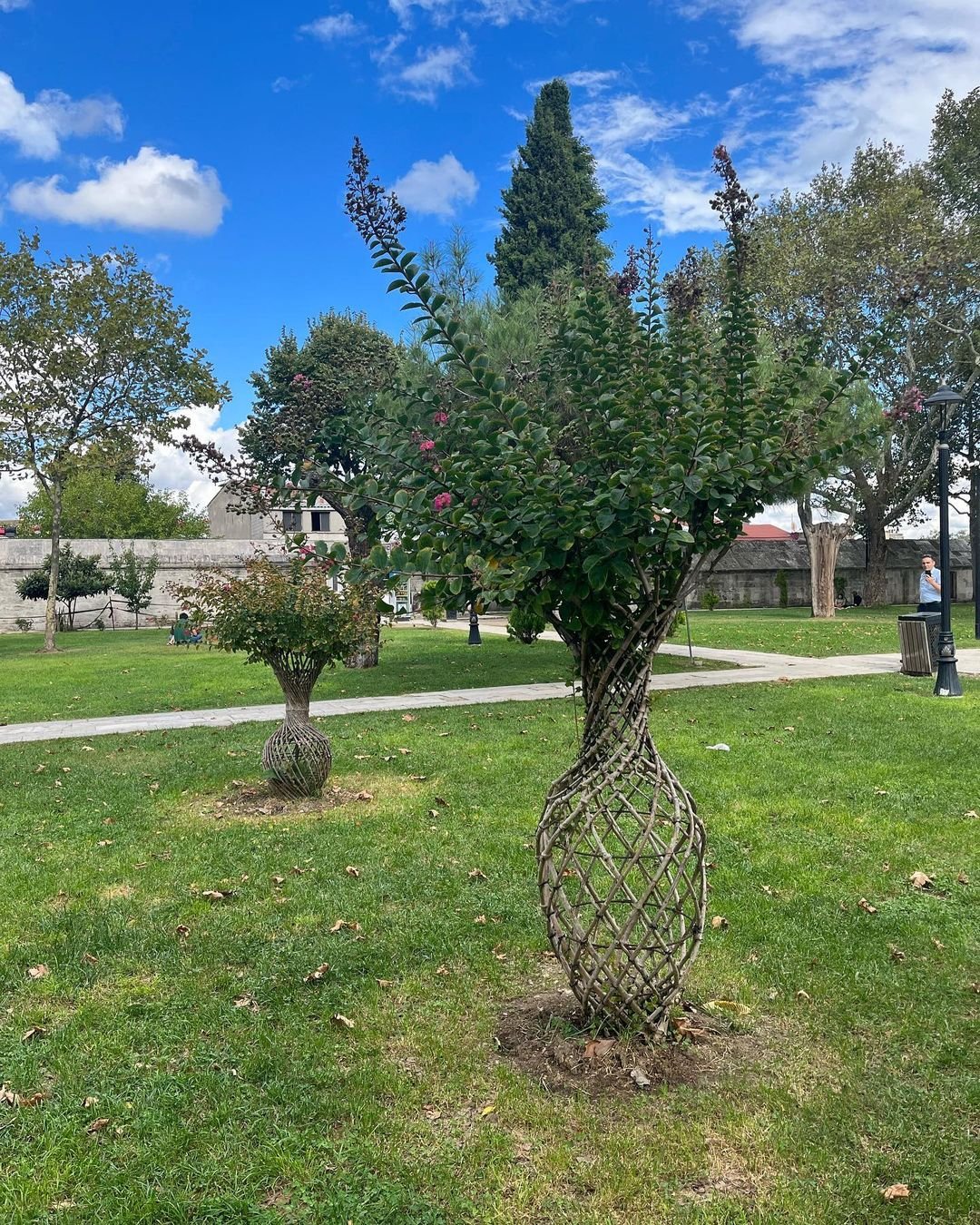
- Bloom time: Summer to fall
- Height: 15-25 feet (varies by cultivar)
- USDA Hardiness Zones: 6-10
- Care: Full sun, well-drained soil, drought-tolerant once established
Some varieties of Crape Myrtle produce vibrant purple blooms throughout the warm months.
Crape Myrtle growing tips
4. Chaste Tree (Vitex agnus-castus)
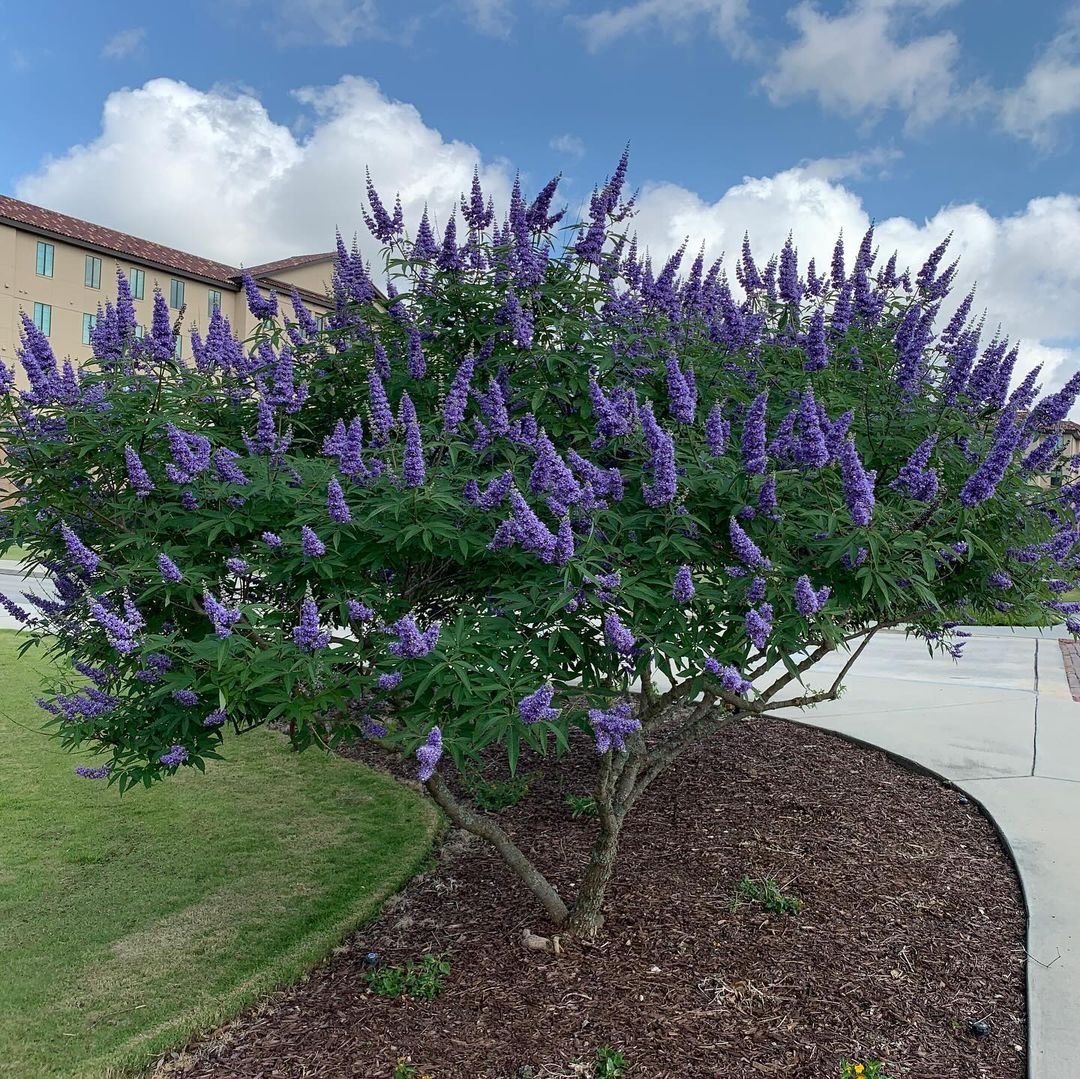
- Bloom time: Summer to fall
- Height: 15-20 feet
- USDA Hardiness Zones: 6-9
- Care: Full sun, well-drained soil, drought-tolerant
The Chaste Tree produces long, upright clusters of lavender-purple flowers.
5. Paulownia (Paulownia tomentosa)
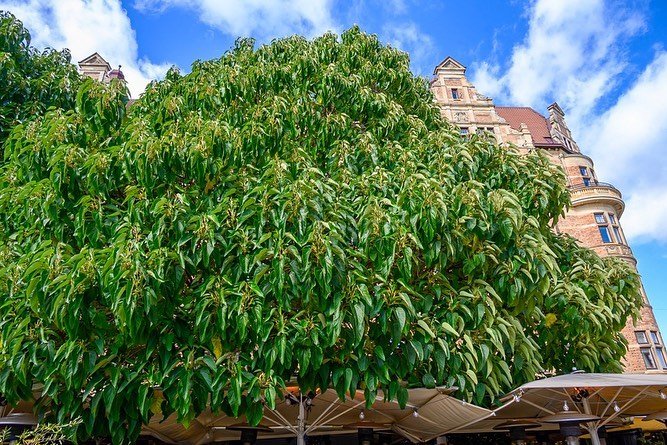
- Bloom time: Spring
- Height: 30-50 feet
- USDA Hardiness Zones: 5-9
- Care: Full sun to partial shade, well-drained soil, moderate water
Also known as the Empress Tree, it produces large clusters of fragrant, purple, foxglove-like flowers.
Planting and Care Tips
- Choose the right location based on the tree’s sun and soil requirements.
- Ensure proper spacing to accommodate the tree’s mature size.
- Plant in well-draining soil and water regularly until established.
- Prune after flowering to maintain shape and encourage healthy growth.
- Fertilize in early spring with a balanced, slow-release fertilizer.
Incorporating Purple Blooming Trees in Landscape Design
- Use as focal points in the landscape
- Create allées or line driveways for a dramatic entrance
- Plant in groups for a more significant impact
- Combine with complementary colored plants for contrast
- Use smaller varieties in mixed borders or large containers
Common Issues and Solutions
- Pest infestations: Monitor regularly and treat with appropriate insecticides if necessary.
- Diseases: Ensure proper air circulation and avoid overwatering to prevent fungal issues.
- Improper blooming: Check sunlight exposure and soil conditions; adjust as needed.
Environmental Benefits
Purple blooming trees not only add beauty to landscapes but also provide several environmental benefits:
- Attract pollinators like bees and butterflies
- Provide shade and reduce energy costs
- Improve air quality by absorbing pollutants
- Reduce soil erosion with their root systems
Learn about the importance of trees
Trees with purple blooms offer a unique and stunning addition to any landscape. From the majestic Jacaranda to the compact Chaste Tree, there’s a purple-flowering tree suitable for various climates and garden sizes. By choosing the right tree for your space and providing proper care, you can enjoy these beautiful, vibrant blooms for years to come. Remember to consider the tree’s mature size, care requirements, and your local climate when making your selection. With the right choice and care, you’ll create a truly eye-catching and memorable landscape.

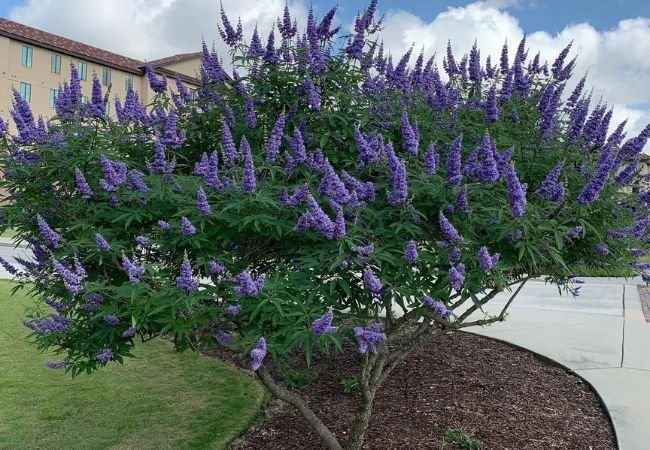





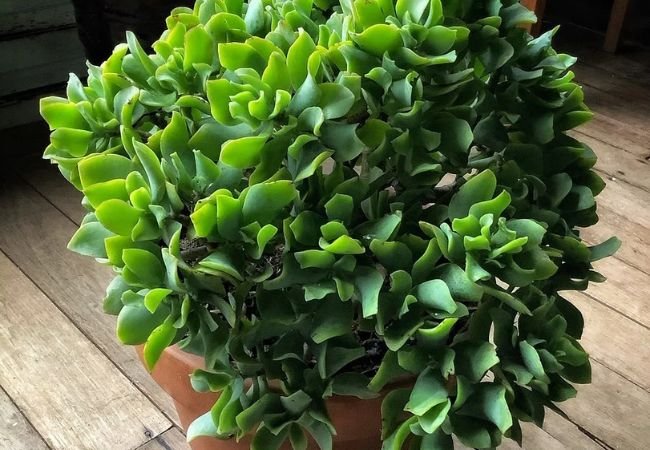
Leave a Reply